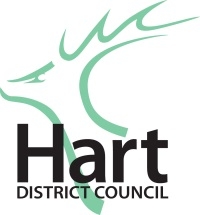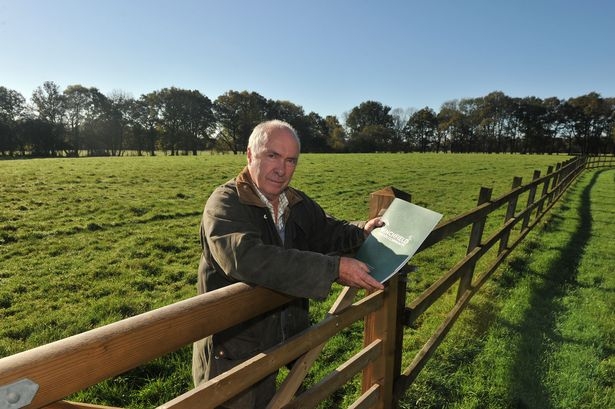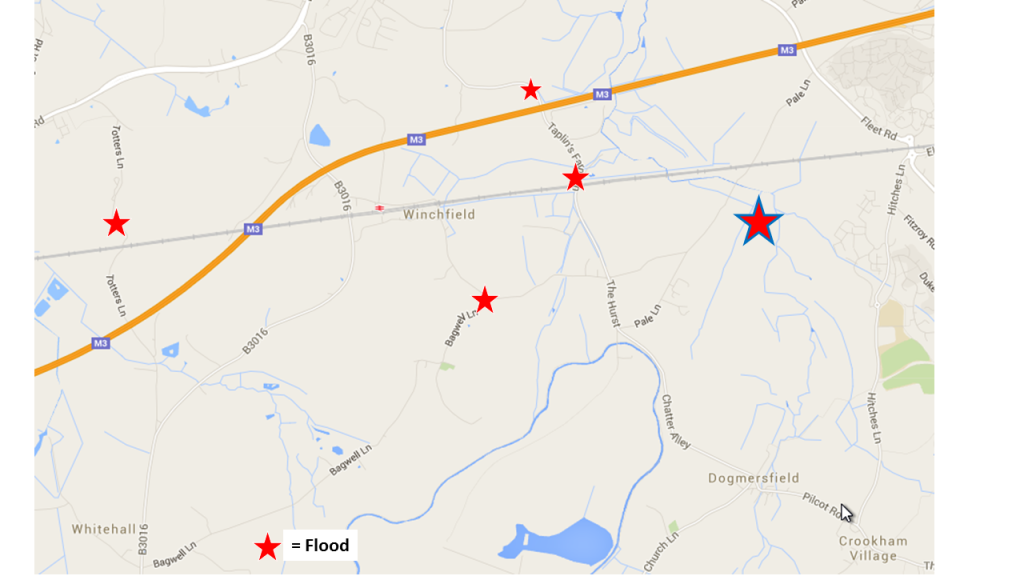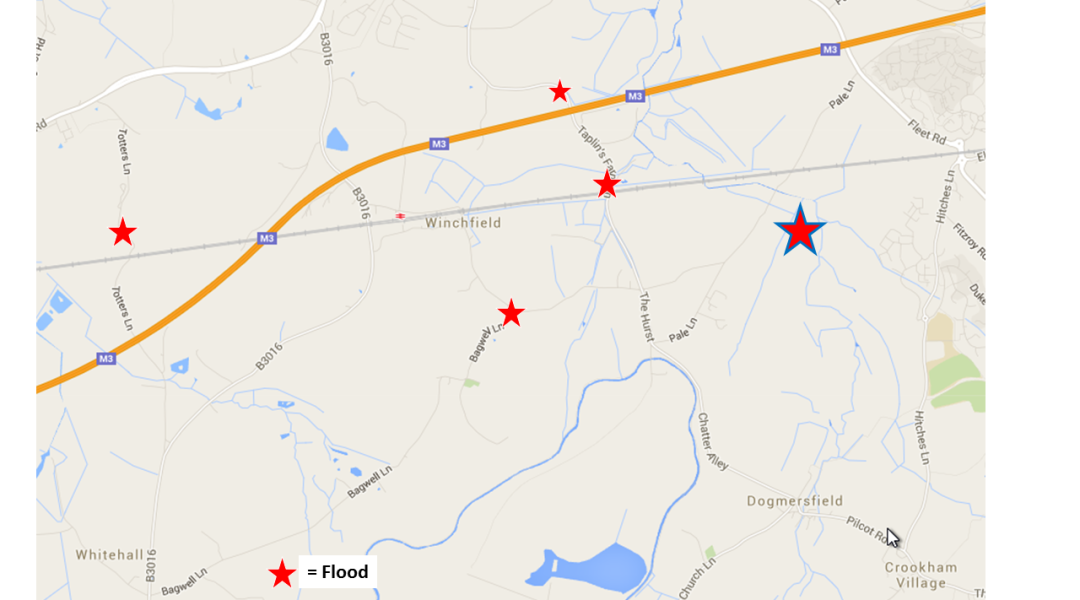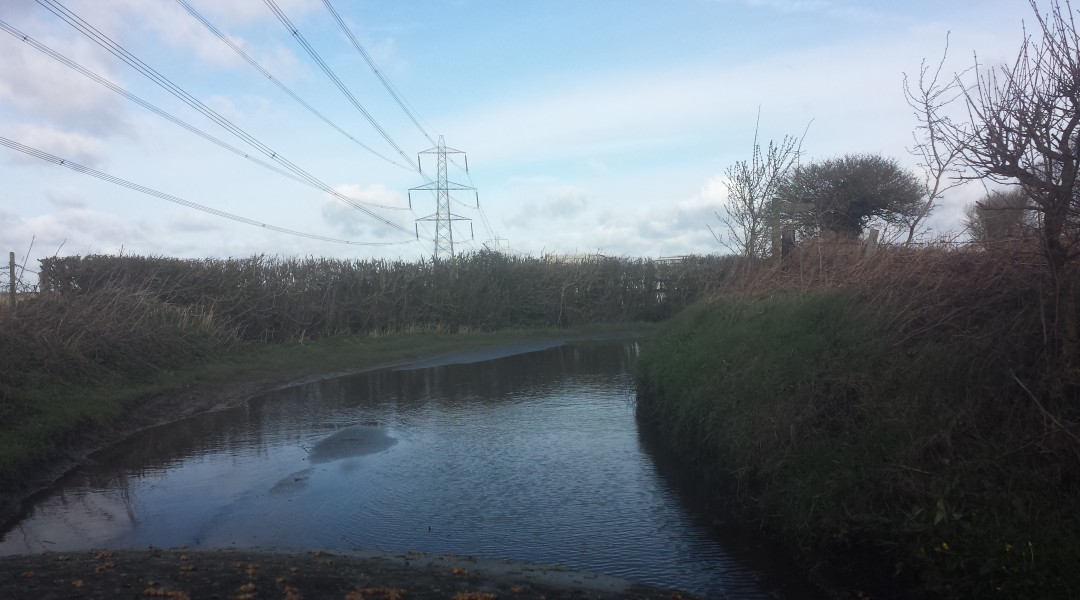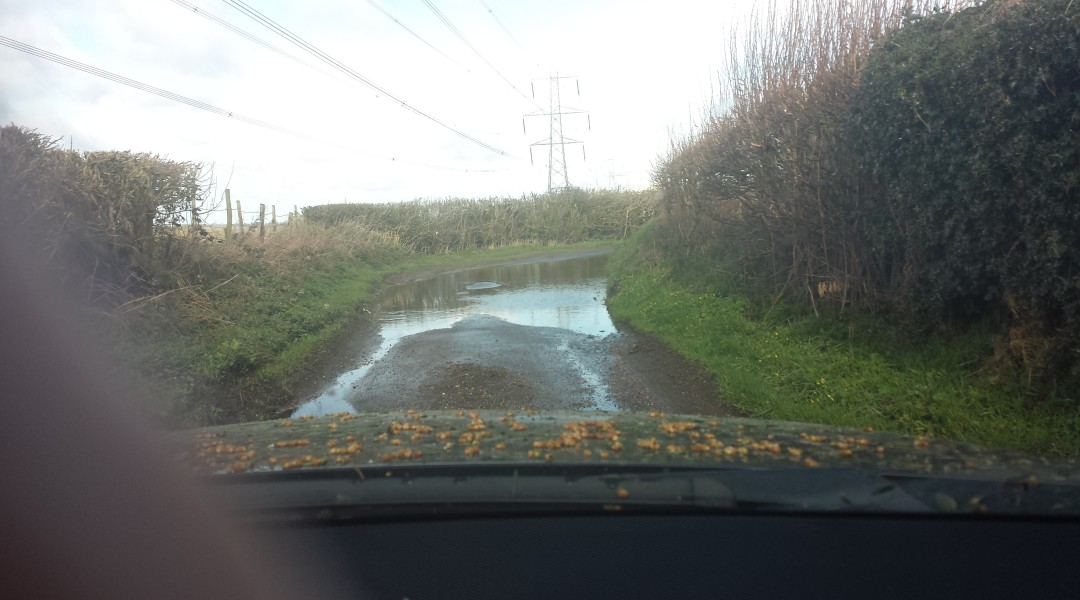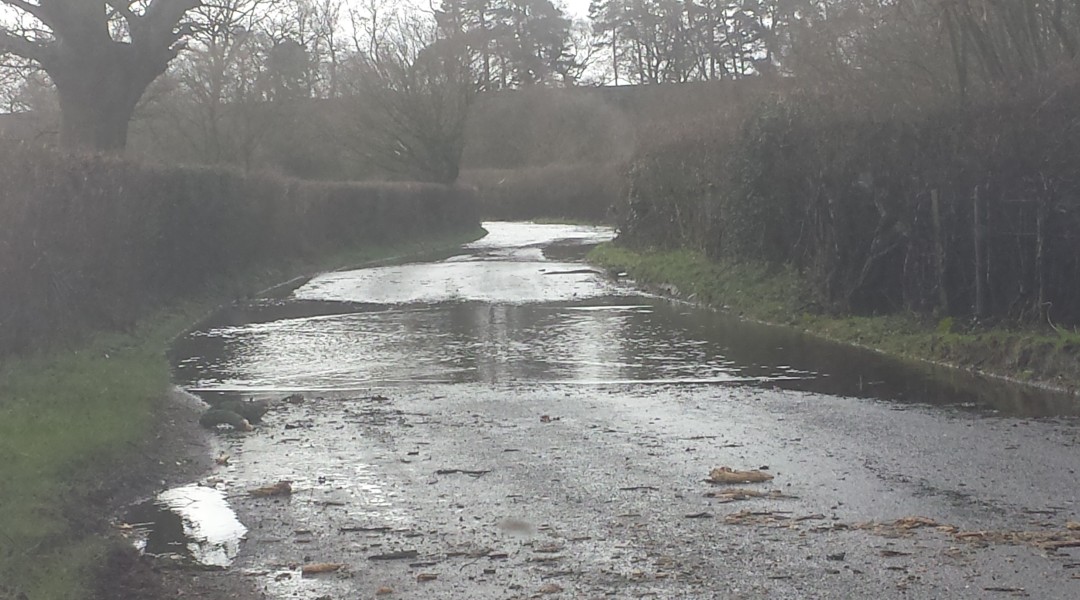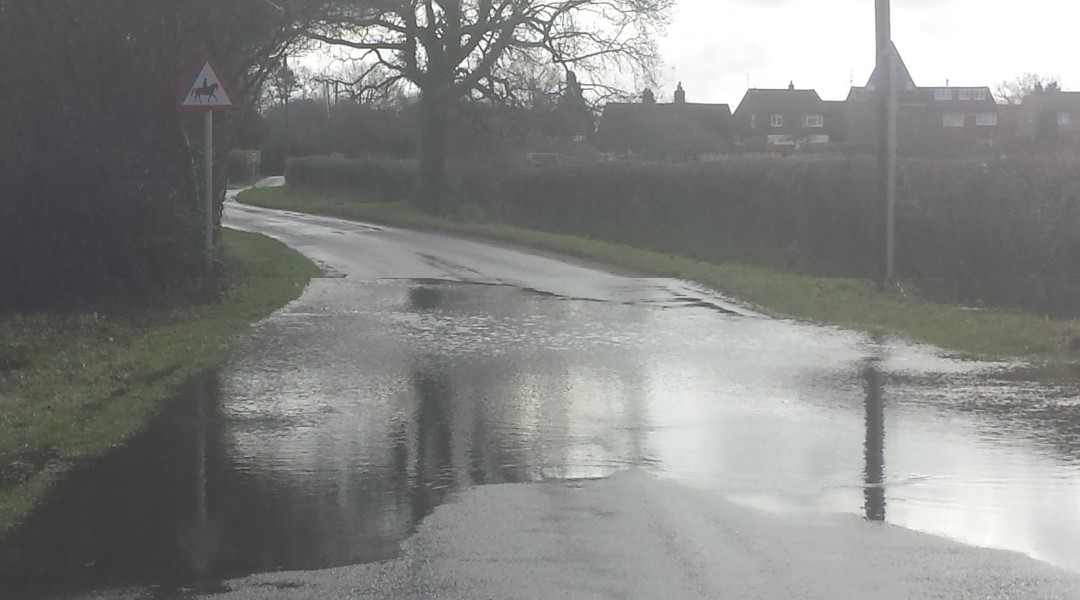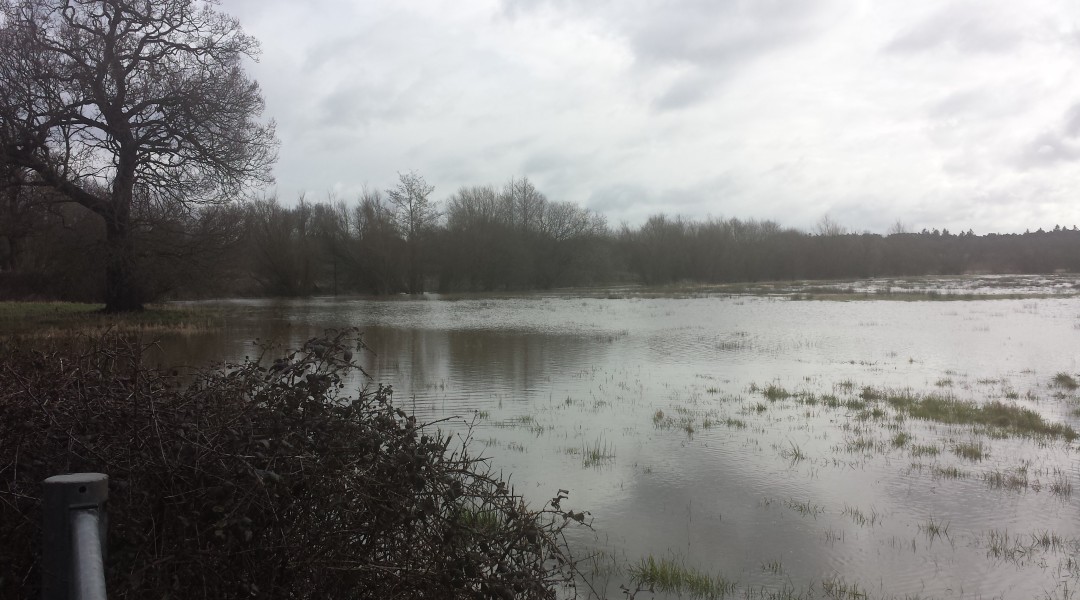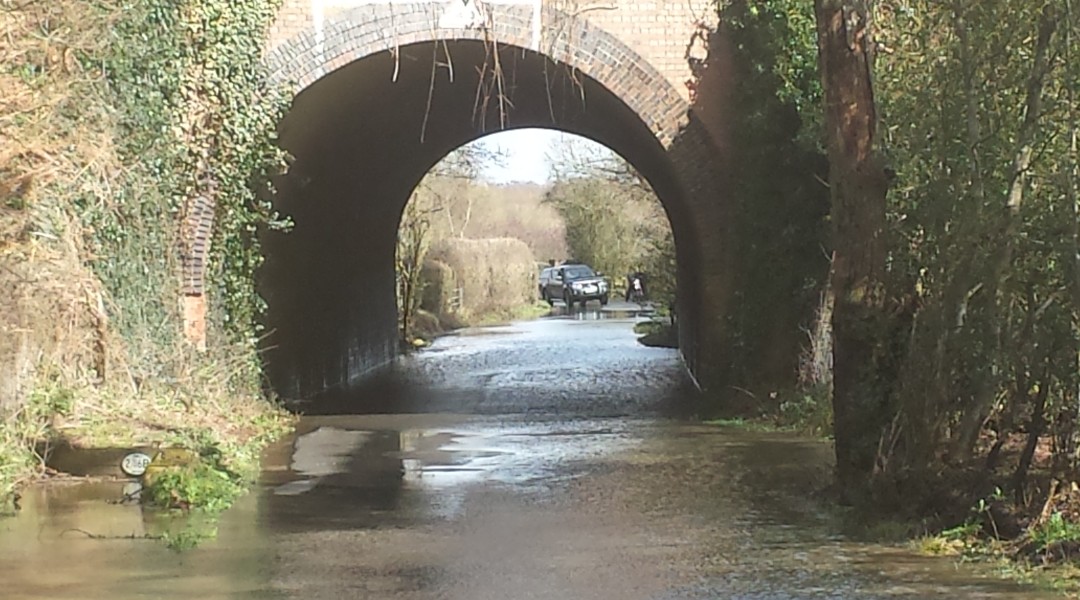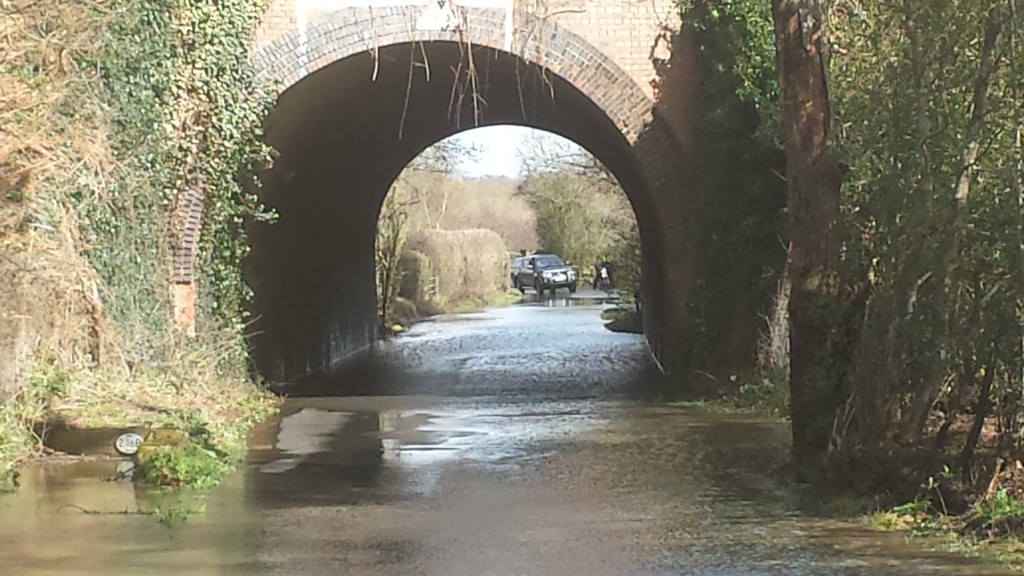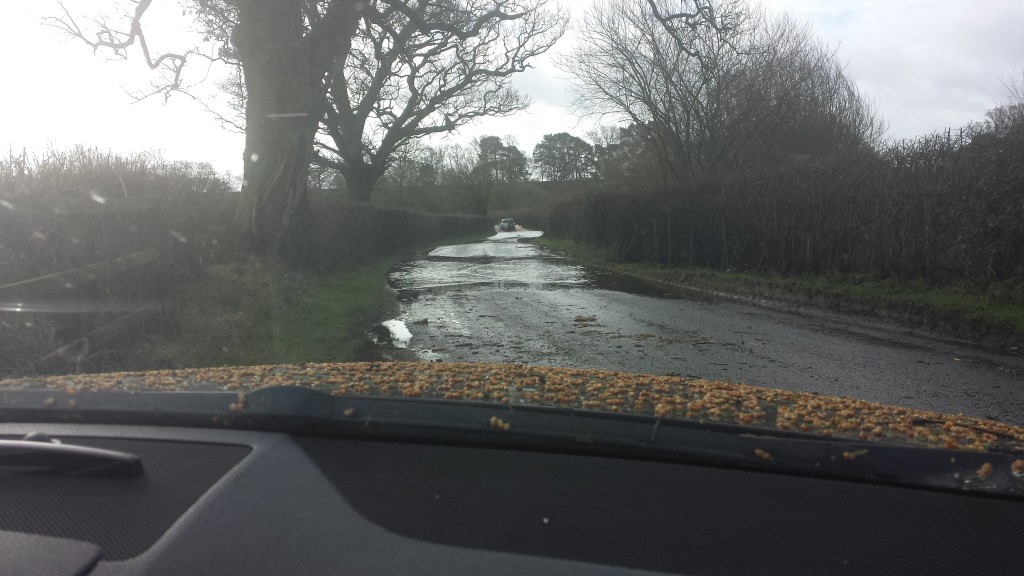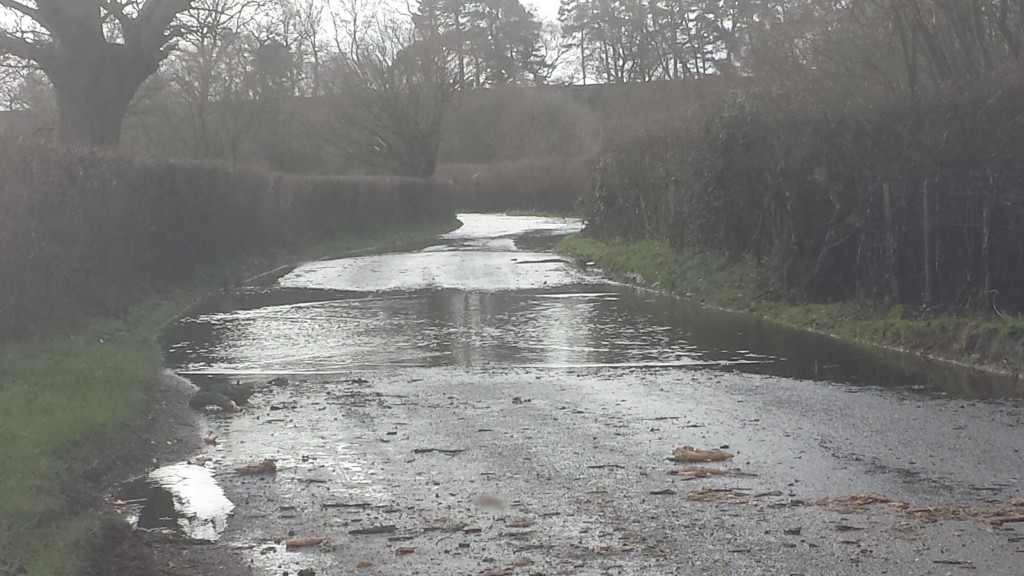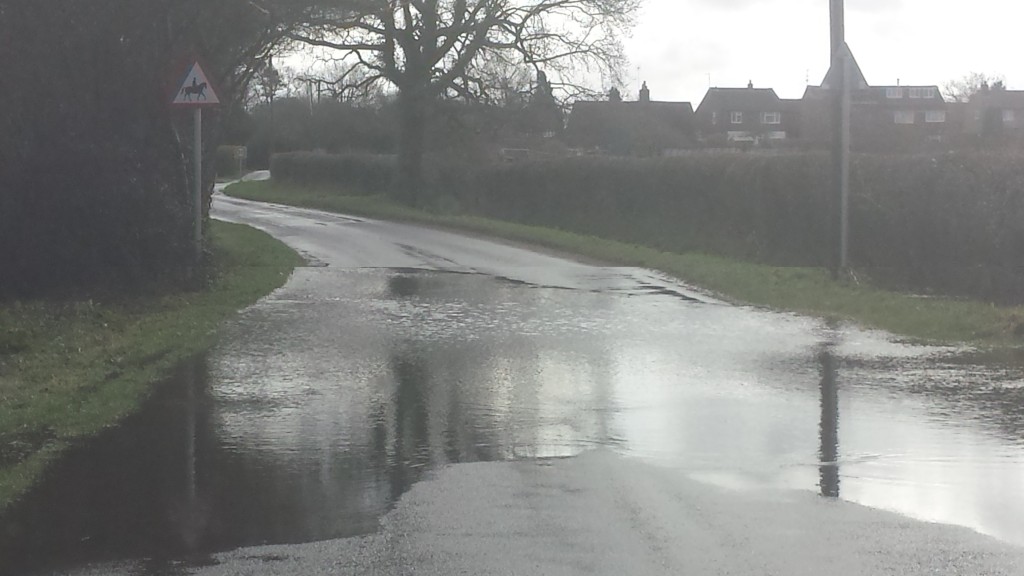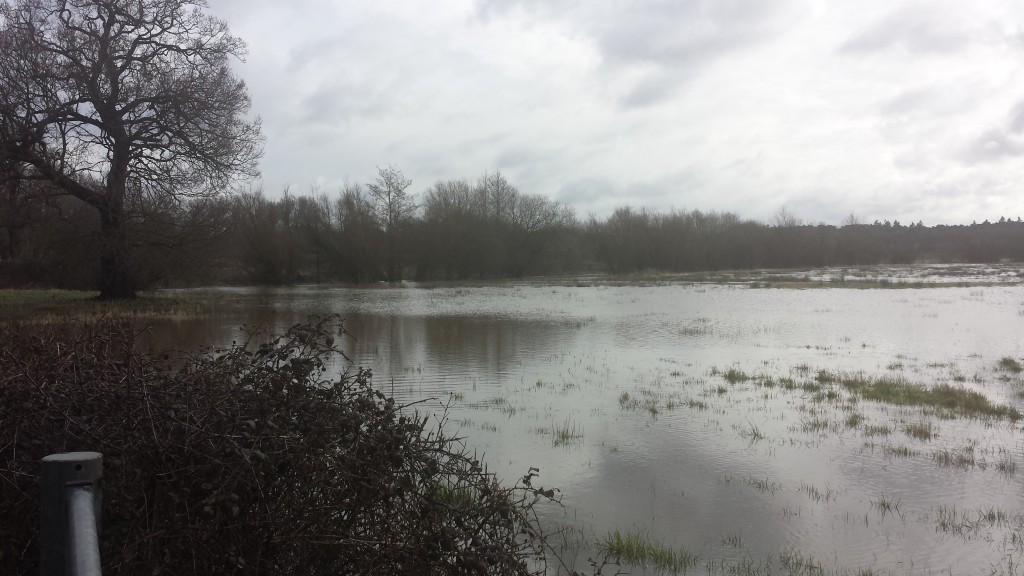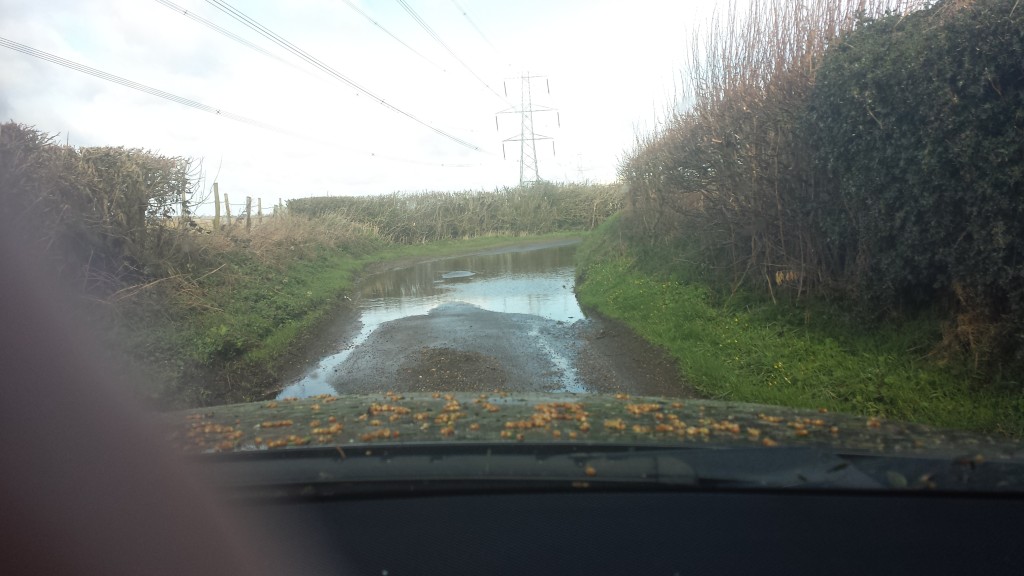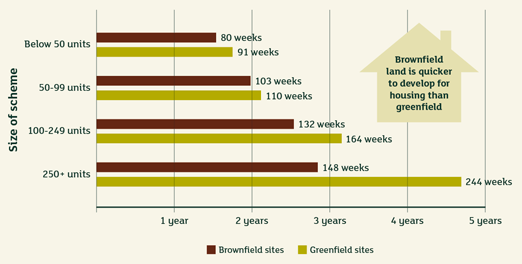
Winchfield Parish Council (WPC) have submitted their response and covering letter (see downloads below) to Hart Council’s Local Plan consultation and effectively demolished all of the arguments supporting Hart’s new town idea. The response was pulled together with the help of professional planners at John Boyd Planning Associates.
There are four main planks to WPC’s argument:
- Lack of evidence to justify the need for a new settlement
- Winchfield is not a suitable location for a new settlement
- A new settlement is not a viable approach
- There should be more of a focus on alternatives such as brownfield development and dispersal
The lack of evidence is demonstrated by the fact that Hart has not yet consulted upon the issues recommended by Peter Village QC namely, employment, retail, transport, and infrastructure. Moreover, it is premature and illogical to be conducting the consultation now when the Strategic Housing Market Assessment (SHMA) is being revised and we don’t know what the Objectively Assessed Need is going to be. They also note the work done by Alan Wenban-Smith that seriously challenged the numbers in the existing SHMA.
The challenge to the suitability of Winchfield as a location is demonstrated by the significant barriers to delivery outlined by Hart themselves such as education, transport and foul water drainage. They also point out that the main argument used in favour of a settlement at Winchfield, the presence of a railway station, is undermined by the suggestion that the station would have to be relocated to support the new town. There are also significant doubts about the capacity of the available sites to accommodate a new settlement of sufficient size to be viable, especially when one considers the environmental constraints such as SSSIs and SINCs as well as the space that will have to be found for SANGs, shops, car-parks, schools and recreational facilities. Not only that, but the disparate nature of the sites will make it very difficult to plan a coherent and compact nuclear settlement.
WPC also challenge the viability of a new settlement by pointing out the massive costs of infrastructure with no evidence being presented to indicate how these costs would be met. The NPPF (para 47 & 173) calls for housing and infrastructure to be planned together, so if it cannot be demonstrated that the right infrastructure can be funded and built, then the whole new town idea could be rejected by an inspector and the Local Plan found unsound.
WPC’s submission welcomes Hart’s belated focus on brownfield development, but criticises them for ignoring an important study by Stonegate Homes, the further opportunities presented by the changes to permitted development rights and the results of Hart’s own findings of new “Zones of Brownfield Opportunity”. They also point out that Hart’s ‘Economic Development Strategy’ (2015) identifies that the District Council must direct its resources to urban regeneration, and that focusing growth in and adjacent to Hart’s main settlements would
boost investment in infrastructure and regeneration in the locations where it is needed most and help close the £78m funding gap.
Finally, they say that it would be inappropriate to try and meet the housing needs of our ageing population through a new town option.
All in all, this is an eloquent and devastating attack on the whole idea of a new town and is very much in-line with what We Heart Hart has been saying for months. We can only hope that the councillors will take heed of such an important report from professional planning consultants and get the Local Plan back on track to being found sound at inspection.
Cover letter:
Winchfield Parish Council Cover Letter
Full response:
Winchfield Parish Council Local Plan Consultation response
response covering letter



